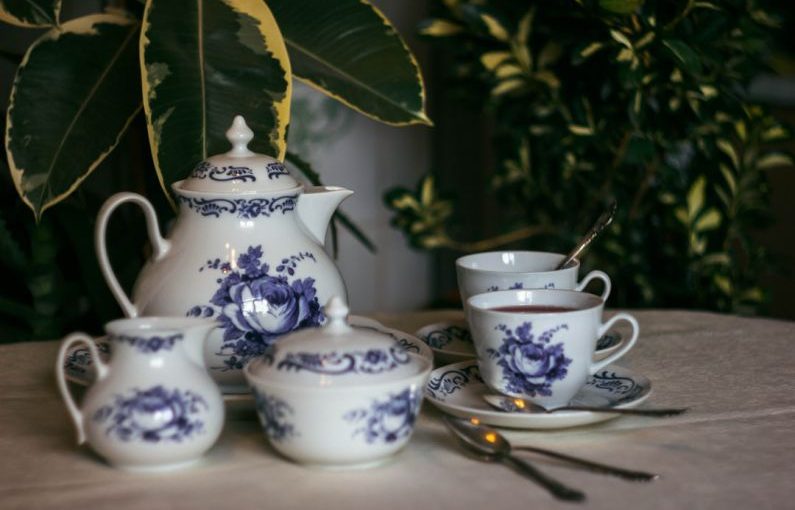Afternoon tea, a beloved tradition that has been cherished for centuries, is not just about sipping tea and nibbling on delicate pastries. It is a ritual that embodies elegance, sophistication, and a sense of indulgence. Originating in England in the 19th century, afternoon tea has since spread across the globe, captivating people with its charm and allure. Let us delve into the enchanting world of afternoon tea and explore the customs and etiquette that make it a truly special experience.
A Brief History
The tradition of afternoon tea is said to have been popularized by Anna, the seventh Duchess of Bedford, in the early 1800s. At a time when it was common to have only two main meals a day, with dinner served late in the evening, the Duchess found herself feeling peckish in the late afternoon. To ward off hunger pangs, she started requesting a tray of tea, sandwiches, and cakes to be brought to her room. Soon, she began inviting friends to join her, and the practice caught on among the upper classes.
The Afternoon Tea Menu
The menu for an afternoon tea service typically includes a selection of teas, both traditional blends and herbal infusions, served in delicate teacups. Sandwiches, cut into dainty finger-sized portions, are a staple of the afternoon tea spread. Classic fillings such as cucumber and cream cheese, smoked salmon, and egg salad are commonly found. Scones, served with clotted cream and jam, are another essential component of the menu. Finally, an assortment of pastries, cakes, and petits fours add a touch of sweetness to the experience.
Setting the Scene
The ambiance plays a crucial role in the afternoon tea ritual. Traditionally, afternoon tea is served in a beautifully appointed setting, such as a grand hotel, a historic tearoom, or a stately home. Fine bone china, crisp linen napkins, and elegant silverware are commonly used to enhance the sense of occasion. Soft background music and fresh flowers contribute to creating a refined and relaxing atmosphere.
Etiquette and Customs
Partaking in afternoon tea comes with its own set of customs and etiquette that add to the sense of ceremony. When pouring tea, the host should always offer to pour for their guests first before attending to their own cup. Stirring the tea gently in a back-and-forth motion, rather than in a circular one, is considered good etiquette. When enjoying sandwiches and pastries, it is customary to eat with your fingers rather than utensils, except for scones, which are typically split with a knife.
The Social Aspect
Beyond the culinary delights, afternoon tea is also about socializing and connection. It provides an opportunity to slow down, engage in leisurely conversation, and savor the moment. Whether it is a gathering of friends catching up, a mother-daughter outing, or a business meeting in a more relaxed setting, afternoon tea offers a convivial environment for meaningful interactions.
A Modern Twist
While afternoon tea has deep-rooted traditions, it has also evolved to cater to modern tastes and preferences. Many establishments now offer themed afternoon teas, incorporating elements of popular culture, such as movie-inspired menus or seasonal variations. Vegan, gluten-free, and dairy-free options are also becoming more widely available, ensuring that everyone can partake in this time-honored ritual.
In Conclusion: The Art of Afternoon Tea
The ritual of afternoon tea is a delightful blend of history, elegance, and conviviality. From its humble beginnings as a simple snack to its current status as a symbol of refinement, afternoon tea continues to enchant and captivate tea lovers around the world. So, the next time you find yourself craving a moment of indulgence, why not treat yourself to a luxurious afternoon tea experience and savor every sip and bite in the company of good friends or loved ones.





